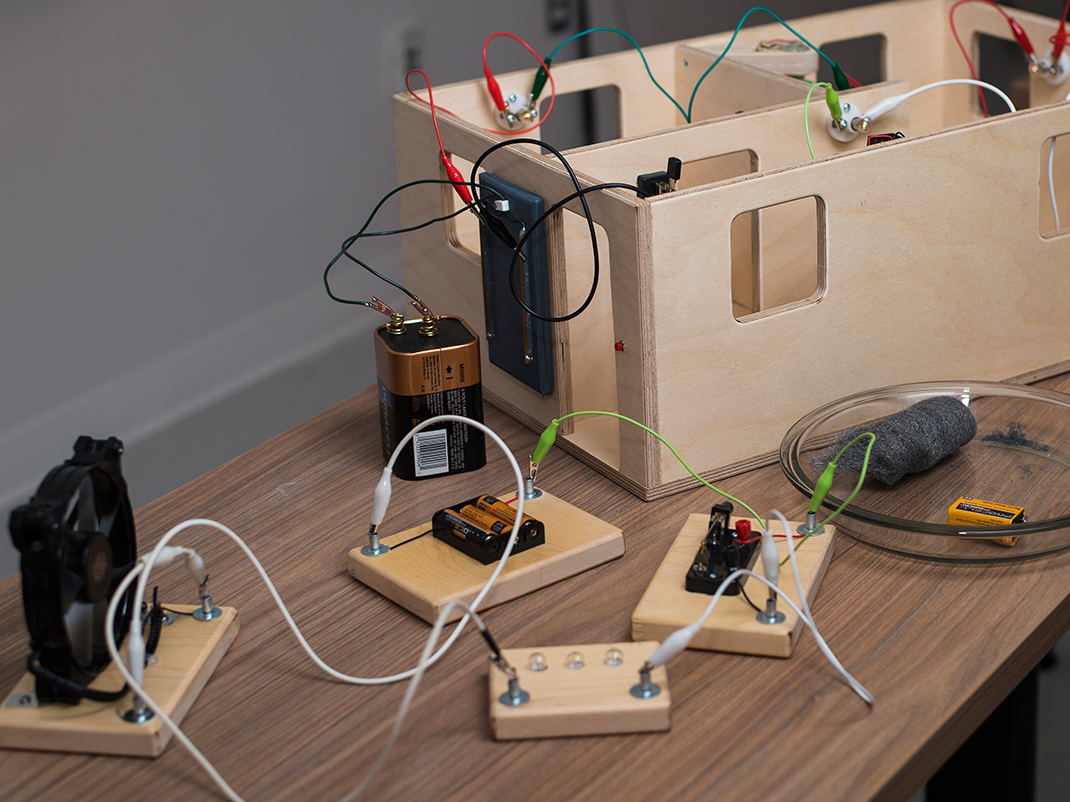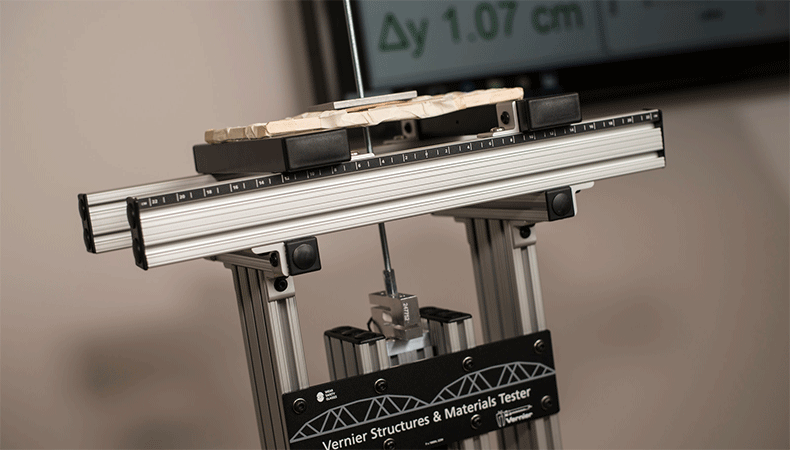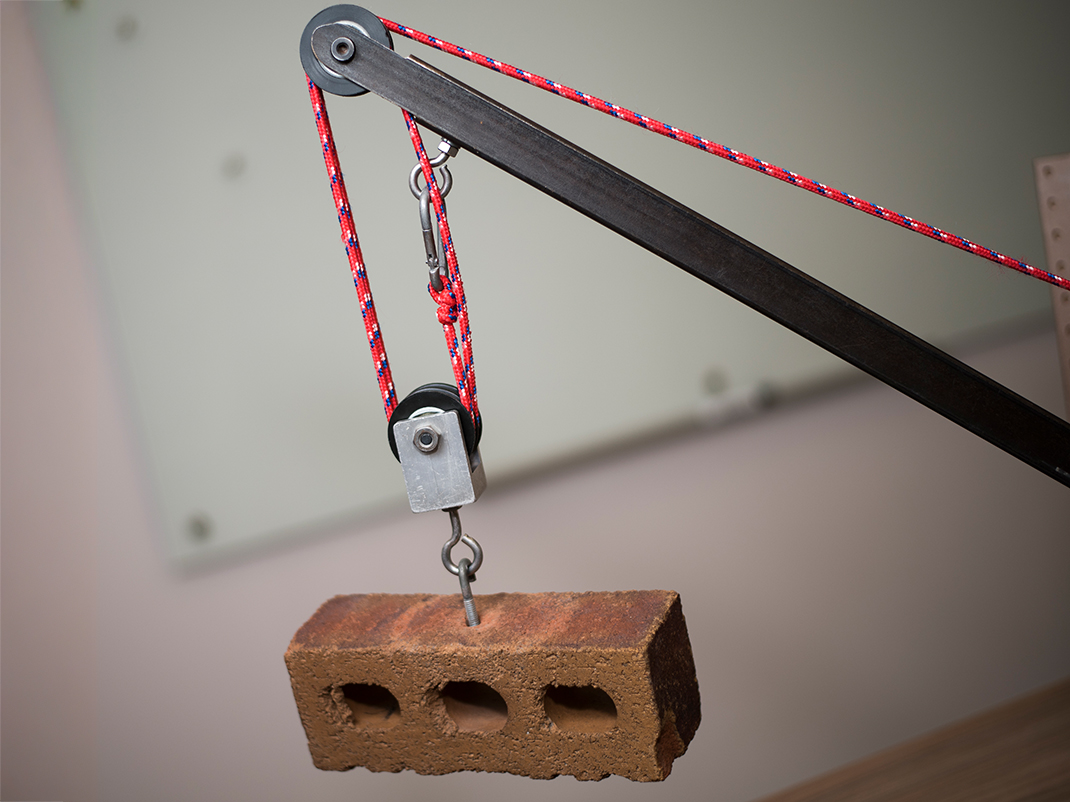Electri-city (Primary)
Grade 5 to 6 (Ontario)
Elementary cycle 3 (Quebec)
$10 per student
75 minutes
Dates offered: October 1, 2024 to May 30, 2025
Max. group size: 25
Discover how our houses are wired, allowing us to control various devices independently in different rooms. Through various hands-on electricity experiments, students will explore electrically conductive and insulating materials, and will learn the parts of an electrical circuit. In addition, they will discover the differences between series and parallel circuits. As they wire our miniature houses, students will observe as various electrical devices (i.e., a light bulb, fan, doorbell, etc.) transform electrical energy into another form of energy.
Make a reservation request
Lesson plan
Consult this lesson plan for ideas to extend the learning—and the fun!
Curriculum links
Grade 6:
- Science and technology – Matter and energy: Electrical phenomena, energy, and devices
Elementary cycle 3:
- Science and technology – Material world: Energy
Fees
$10 per student. Please note a minimum fee of $150 applies.
Your school may be eligible for financial support. For more information, contact the customer engagement team.
*Program includes free admission for one adult for every four students. Please note that there is a mandatory minimum ratio of one adult for every 10 students. Any additional adults not included in the program fee will be required to pay the regular visitor fee at admission and will not be able to participate in the program. These requirements do not apply to groups with students who have special needs.
Reservations
Booking requests can be made through the school programs reservation request form.
You can also connect directly with our customer engagement team:
Email: [email protected]
Phone: 613-991-3053 or 1-866-442-4416
You may also be interested in

Field trip planning tips
Make the most of your field trip to the museum with these planning tips.

Bridge builders
- Grade 5 – Grade 7
- Elementary cycle 3 – Secondary cycle 1
Students learn basic engineering principles and become budding engineers as they design a bridge able to withstand physical forces.

Pulleys and gears
- Grade 4 – Grade 6
- Elementary cycle 2 – Elementary cycle 3
Students discover how pulley and gear systems help us do work by reducing the force required to accomplish a task.